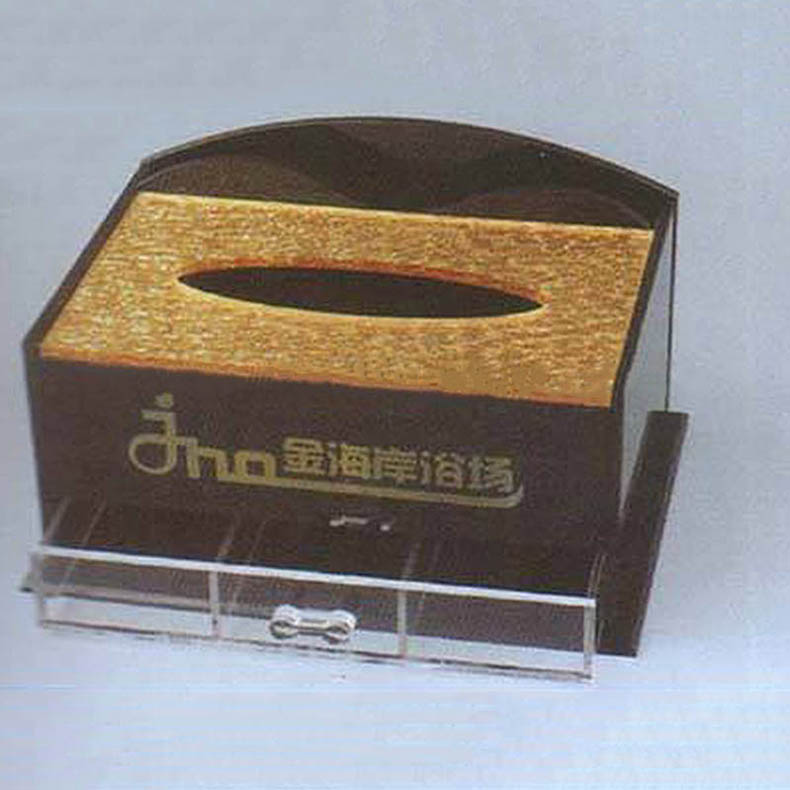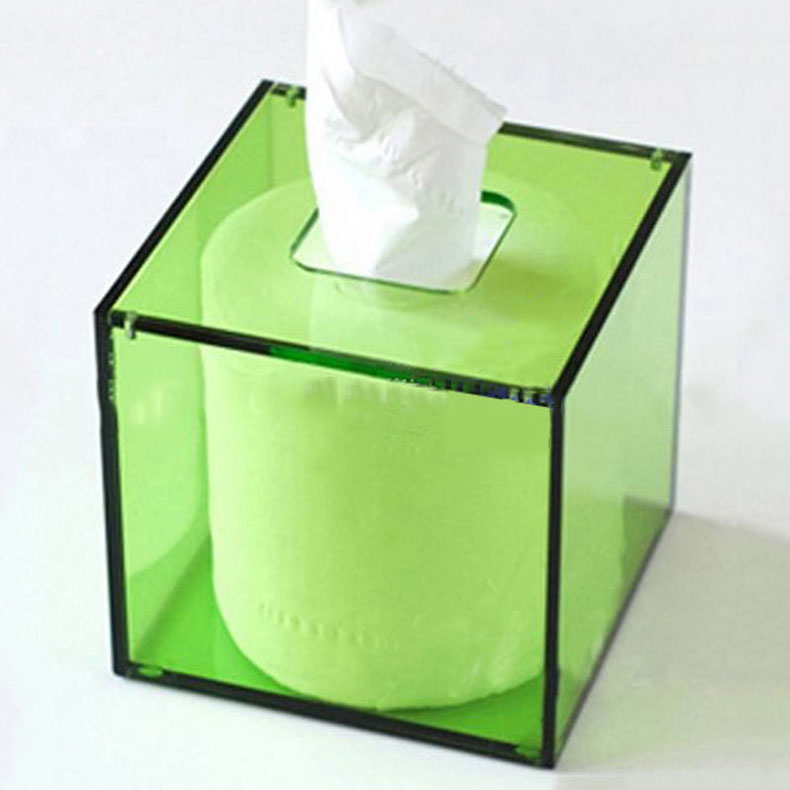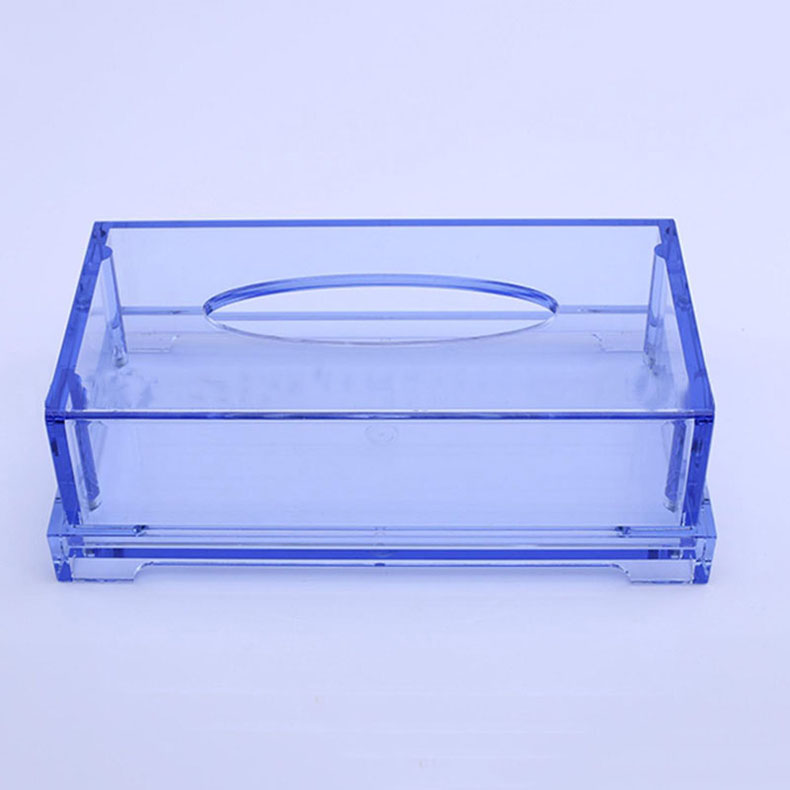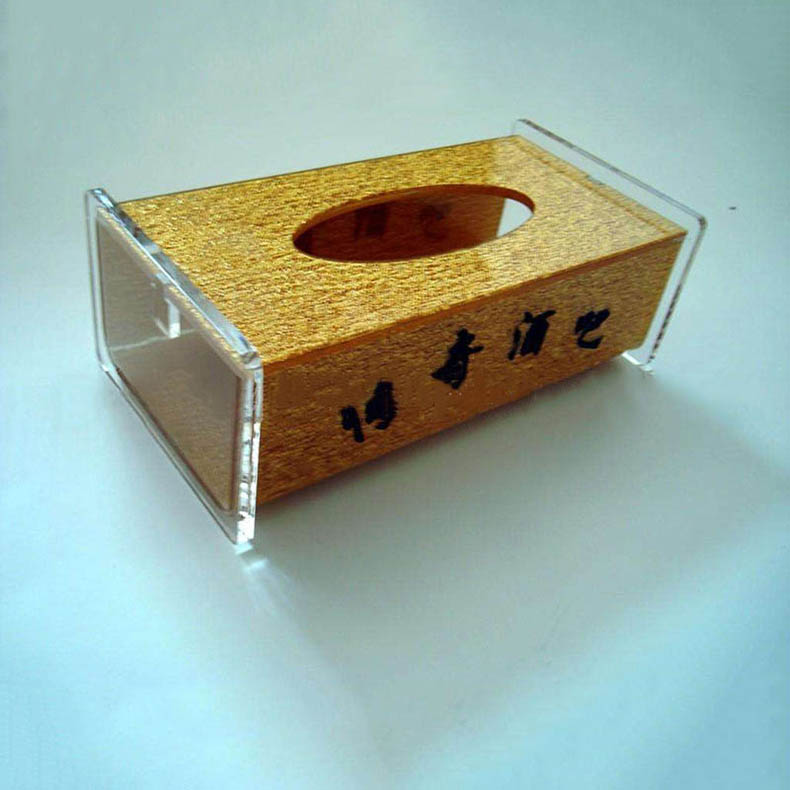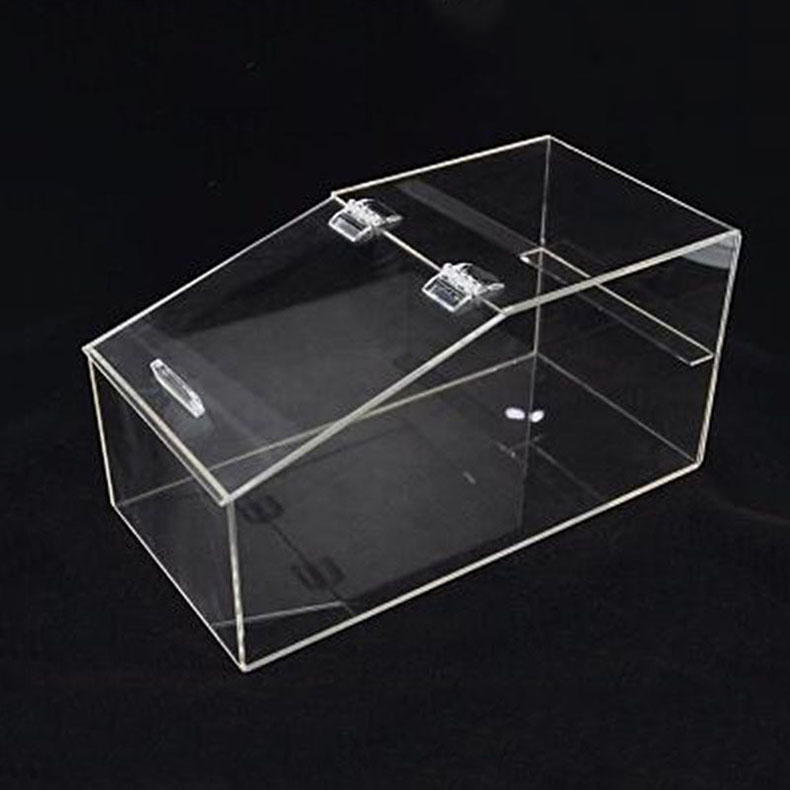Acrylic mobile phone display stands are popular for their sleek appearance, durability, and transparency. They are widely used in retail stores, trade shows, and exhibitions to showcase mobile phones attractively. The production process of these display stands involves several intricate steps, from design to the final product.
Design Phase
The first step in the production of an acrylic mobile phone display stand is the design phase. Designers use computer - aided design (CAD) software to create detailed 2D and 3D models of the display stand. They consider factors such as the size and shape of the mobile phones to be displayed, the overall aesthetic appeal, and the functionality of the stand.
The design should ensure that the mobile phone is held securely and is presented at an optimal viewing angle. Different styles can be created, including single - phone stands, multi - phone stands, and stands with additional features like built - in lighting. Once the design is finalized, it is sent to the production team along with detailed specifications.
Material Selection
Acrylic, also known as polymethyl methacrylate (PMMA), is the primary material used for these display stands. There are different grades of acrylic available, and the manufacturer selects the appropriate grade based on the requirements of the display stand. High - quality acrylic is chosen for its clarity, scratch resistance, and UV stability.
The acrylic sheets come in various thicknesses, and the thickness is determined by the size and weight - bearing capacity of the stand. Thicker sheets are used for larger stands or those that need to support multiple phones. The sheets are usually purchased in standard sizes and then cut to the required dimensions during the production process.
Cutting
After the material is selected, the acrylic sheets are cut into the desired shapes. There are several cutting methods available, including laser cutting and mechanical cutting. Laser cutting is a popular choice because it offers high precision and a clean cut.
The laser cutting machine uses a high - powered laser beam to melt and vaporize the acrylic, following the pattern designed in the CAD software. This method allows for intricate designs and sharp corners. Mechanical cutting, on the other hand, uses saws or routers to cut the acrylic. It is suitable for simpler shapes and larger production runs.
Edge Finishing
Once the acrylic pieces are cut, the edges need to be finished. Rough edges can be sharp and unattractive, so they are smoothed and polished. There are different edge - finishing techniques, such as flame polishing and sanding.
Flame polishing involves passing the edges of the acrylic piece over a flame. The heat melts the surface of the acrylic, creating a smooth and shiny finish. Sanding is a more manual process where the edges are sanded with progressively finer grits of sandpaper to achieve a smooth surface.
Assembly
After the individual pieces are cut and their edges are finished, it is time to assemble the display stand. Depending on the design, the pieces may be joined together using various methods. One common method is using acrylic glue.
Acrylic glue chemically bonds the acrylic pieces together, creating a strong and seamless joint. Another method is using mechanical fasteners such as screws or clips. This method is useful when the stand needs to be disassembled for transportation or storage.
Printing and Decoration
To make the display stand more eye - catching, printing and decoration may be added. Digital printing can be used to add logos, product information, or graphics to the acrylic surface. The printing process uses specialized inks that adhere well to the acrylic and provide long - lasting color.
Other decoration techniques include engraving, which uses a laser to etch designs or text into the acrylic, and applying vinyl decals. These decals can be cut into various shapes and colors and then applied to the surface of the stand.
Quality Control
Before the display stands are shipped to customers, a rigorous quality control process is carried out. The stands are inspected for any defects, such as scratches, bubbles in the acrylic, or misaligned parts.
The functionality of the stand is also tested to ensure that it can hold the mobile phones securely and present them at the correct angle. Any stands that do not meet the quality standards are either repaired or discarded.
Packaging
Once the display stands pass the quality control test, they are carefully packaged for shipping. The packaging is designed to protect the stands from damage during transit. Foam inserts or bubble wrap are often used to cushion the stands, and they are placed in sturdy cardboard boxes.
In conclusion, the production process of acrylic mobile phone display stands is a complex one that involves multiple steps from design to packaging. Each step requires precision and attention to detail to ensure that the final product is of high quality and meets the needs of the customers. The use of advanced technology and high - quality materials contributes to the durability and aesthetic appeal of these display stands, making them a popular choice for mobile phone display.



